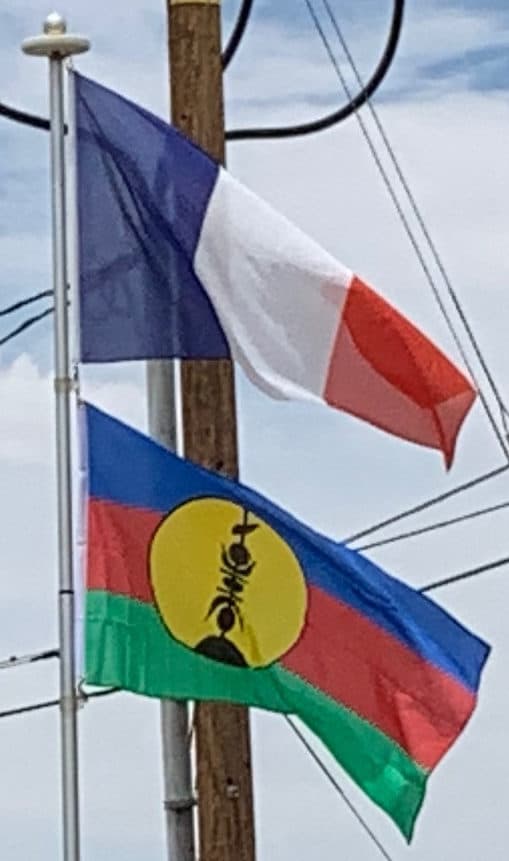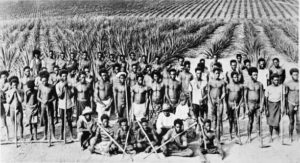
The first missionaries from the London Missionary Society and the Marist Brothers arrived in the 1840s. In 1849, the crew of the American ship Cutter was killed and eaten by the Pouma clan. Cannibalism was widespread throughout New Caledonia.
French Dependency:
On 24 September 1853, under orders from Emperor Napoleon III, Admiral Febvrier Despointes took formal possession of New Caledonia.
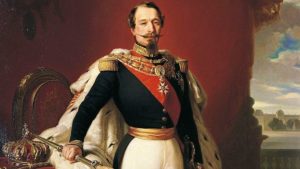
Captain Louis-Marie-François Tardy de Montravel founded Port-de-France (Nouméa) on 25 June 1854. A few dozen free settlers settled on the west coast in the following years. New Caledonia became a penal colony in 1864, and from the 1860s until the end of the transportations in 1897, France sent about 22,000 criminals and political prisoners to New Caledonia. The Bulletin de la Société générale des prisons for 1888 indicates that 10,428 convicts, including 2,329 freed ones, were on the island as of 1 May 1888, by far the largest number of convicts detained in French overseas penitentiaries. The convicts included many Communards, arrested after the failed Paris Commune of 1871, including Henri de Rochefort and Louise Michel.
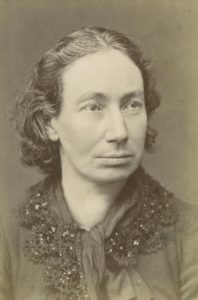
Between 1873 and 1876, 4,200 political prisoners were “relegated” to New Caledonia. Only 40 of them settled in the colony; the rest returned to France after being granted amnesty in 1879 and 1880.
In 1864, nickel was discovered on the banks of the Diahot River; with the establishment of the Société Le Nickel in 1876, mining began in earnest. To work the mines the French imported laborers from neighboring islands and from the New Hebrides, and later from Japan, the Dutch East Indies, and French Indochina. The French government also attempted to encourage European immigration, without much success.
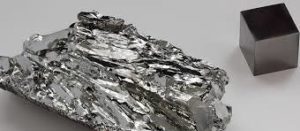
The indigenous population or Kanak people were excluded from the French economy and from mining work, and ultimately confined to reservations. This sparked a violent reaction in 1878, when High Chief Atal of La Foa managed to unite many of the central tribes and launched a guerrilla war that killed 200 Frenchmen and 1,000 Kanaks. A second guerrilla war took place in 1917, with Catholic missionaries like Maurice Leenhardt functioning as witnesses to the events of this war. Leenhardt would pen a number of ethnographic works on the Kanak of New Caledonia. Noël of Tiamou led the 1917 rebellion, which resulted in a number of orphaned children, one of whom was taken into the care of Protestant missionary Alphonse Rouel. This child, Wenceslas Thi, would become the father of Jean-Marie Tjibaou (1936–1989).
Europeans brought new diseases such as smallpox and measles, which caused the deaths of many natives. The Kanak population declined from around 60,000 in 1878 to 27,100 in 1921, and their numbers did not increase again until the 1930s.
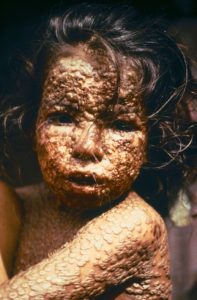
In June 1940, after the fall of France, the Conseil General of New Caledonia voted unanimously to support the Free French government, and in September the pro-Vichy governor was forced to leave for Indochina. In March 1942, with the assistance of Australia, the territory became an important Allied base, and the main South Pacific Fleet base of the United States Navy in the South Pacific moved to Nouméa in 1942–1943. The fleet that turned back the Japanese navy in the Battle of the Coral Sea in May 1942 was based at Nouméa. American troops stationed on New Caledonia numbered as many as 50,000, the equivalent of the contemporary population.
French Overseas Territory:
In 1946, New Caledonia became an overseas territory. By 1953, French citizenship had been granted to all New Caledonians, regardless of ethnicity.
